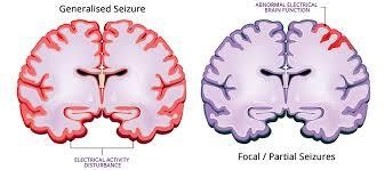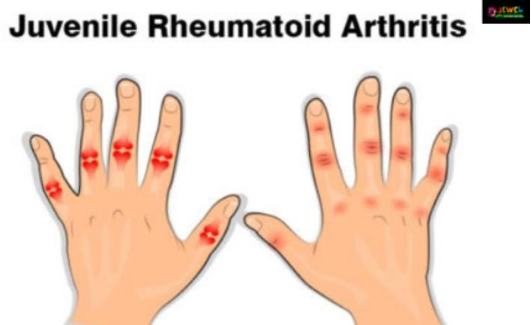A mother reports that her child has episodes where he appears to be staring into space. This behaviour is characteristic of which type of seizure?
Atonic
Absence
Simple partial
Tonic-clonic
The Correct Answer is B
The behaviour described, where the child appears to be staring into space, is characteristic of
B. Absence seizures.
Absence seizures, also known as petit mal seizures, are a type of generalized seizure that primarily affects children. These seizures are brief and usually last for a few seconds. During an absence seizure, the child may appear to be staring blankly into space, unaware of their surroundings. They may not respond to stimuli or engage in any purposeful activity.After the seizure ends, the child typically resumes their previous activity without any memory of the seizure.
Atonic seizures in (option A) is incorrect because it involves a sudden loss of muscle tone, leading to a limp or "drop"in the person.
Simple partial seizures in (option C) are focal seizures that affect a specific region of the brain, causing localizedsymptoms such as twitching or tingling in a particular body part.
Tonic-clonic seizures in (option D) also known as grand mal seizures, is incorrect because it involves a combination of muscle rigidity (tonic phase) and jerking movements (clonic phase).
Therefore, based on the description provided, the behaviour of staring into space is characteristic of B. Absence seizures. It is important for the child to be evaluated by a healthcare professional for an accurate diagnosis and appropriate management of their seizures.

Nursing Test Bank
Naxlex Comprehensive Predictor Exams
Related Questions
Correct Answer is D
Explanation
The first sign of pubertal change seen with boys is testicular enlargement. This is known as testicular or scrotal growth and is one of the earliest physical signs of puberty in boys. Testicular enlargement is followed by other changes such as the growth of pubic hair, penile growth, voice deepening, and facial hair growth.
voice deepening in (option A) is incorrect because it, typically occurs after testicular enlargement and is associated with the growth and development of the larynx during puberty.
scrotal enlargement in (option B) is incorrect because it, may occur simultaneously or shortly after testicular enlargement as part of overall genital growth during puberty.
, facial hair growth in (option C) is incorrect because it, is a later sign of pubertal development in boys and typically occurs after the initial testicular enlargement and growth of pubic hair.
Correct Answer is B
Explanation
During painful episodes of juvenile arthritis, a plan of care should include proper positioning of the affected joints to prevent musculoskeletal complications. Proper positioning helps to alleviate pain, reduce inflammation, and minimize stress on the affected joints. It also promotes joint stability and prevents contractures or deformities that can occur due to prolonged immobility.
a weight-control diet to decrease stress on the joints in (option A) is incorrect because it, may be a consideration in managing overall joint health and reducing excessive strain on the joints. However, it is not the primary nursing intervention during painful episodes of juvenile arthritis.
high-resistance exercises to maintain muscular tone in the affected joints in (option C) is incorrect because it, may not be appropriate during painful episodes of juvenile arthritis. High-resistance exercises can potentially exacerbate pain and inflammation. Exercise should be tailored to the individual's condition and guided by healthcare professionals.
complete bed rest to decrease stress to joints in (option D) is incorrect because it, is not recommended as a nursing intervention for painful episodes of juvenile arthritis. Prolonged bed rest can lead to muscle weakness, joint stiffness, and functional decline. Instead, maintaining mobility and appropriate activity levels within the child's pain tolerance and capabilities is generally preferred.

Whether you are a student looking to ace your exams or a practicing nurse seeking to enhance your expertise , our nursing education contents will empower you with the confidence and competence to make a difference in the lives of patients and become a respected leader in the healthcare field.
Visit Naxlex, invest in your future and unlock endless possibilities with our unparalleled nursing education contents today
Report Wrong Answer on the Current Question
Do you disagree with the answer? If yes, what is your expected answer? Explain.
Kindly be descriptive with the issue you are facing.
